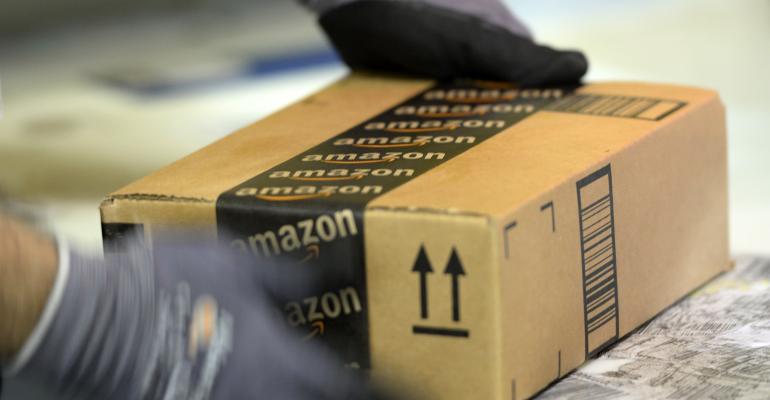Time to delivery is now the yardstick for e-commerce success, so” last mile” distribution space is of utmost importance to online retailers. With last-mile warehouse space in short supply and most of it in old, obsolete industrial buildings, it was only a matter of time before big-box stores began doubling as distribution space.
Online giant Amazon has already partnered with department store chain Kohl’s to handle its returns. Kohl’s is now selling Amazon devices in its stores and offers free returns for Amazon products at a number of locations. “This is a win-win for Kohl’s and Amazon,” says Gregory Healy, senior vice president of supply chain and logistics consulting with real estate services firm Colliers International. He points out that this back-store operation is taking up extra space in stores Kohl’s has downsized and adding foot traffic, while saving Amazon a bundle on shipping, labor and distribution space for returns.
Even more recently, Kohl’s struck a similar deal with 365 by Whole Foods, the grocer’s neighborhood-sized concept, which could expand Amazon’s brick-and-mortar reach to tens of millions of new consumers nationwide—a move that will likely prove a negative for supermarket chains like Kroger.
According to Bloomberg, Amazon also plans to expand Whole Foods into a larger store footprint and utilize back-store space for “last mile” e-commerce distribution operations. News reports also indicate that Amazon is targeting big boxes exited by bankrupt retailer Toys R Us.
“Amazon is actually playing catch-up with Walmart, which has about 4,700 store locations that reach 95 percent of the U.S. population within five miles,” says Pete Quinn, Colliers’ national director of industrial services, U.S.A. He notes that Amazon needs to increase its retail footprint to stay competitive in the race for quickest, cheapest delivery.
The recent plays are all about expanding Amazon’s last mile footprint, Quinn says.
The new buzz words for e-commerce success are: “closer, faster and efficient,” says Healy, pointing out the biggest challenge faced by e-commerce retailers in remaining competitive is lowering delivery costs, which are eating up profits. Consumers now want purchases delivered immediately for next to nothing, he notes.
So in addition to a larger last mile footprint, e-commerce retailers also must get very creative in order to fulfill these low cost expectations. They are doing so by optimizing transportation costs and eliminating the middlemen: UPS, FedEx, USPS.
Some low-cost products are now sold on Amazon as “add-on only,” requiring a total $25 purchase for free Prime shipping. Amazon is also offering customers gift cards for Amazon services if they are willing to allow extra time for delivery.
The e-commerce giant has also launched Amazon Now, which is establishing small, neighborhood storefronts with lockers near college campuses, to offer two-minute pickup service for certain household products, including soap, toothpaste and coffee. Healy foresees Amazon lockers going into all types of neighborhood retail, including grocery stores and pharmacies like Walgreens and CVS.
He suggests that this is the beginning of a trend toward getting consumers to pick up their purchases rather than delivering them, which has ramifications for commercial real estate. He predicts that retail boxes used for e-commerce will require pick-up stalls similar to drive-through banks and fast-food restaurants. According to the Bloomberg report, shopping center REIT Regency Centers, which owns a significant number of Whole Foods stores, confirmed that it is reconfiguring parking lots to provide drive-through stalls for Amazon Flex and other delivery partners.

